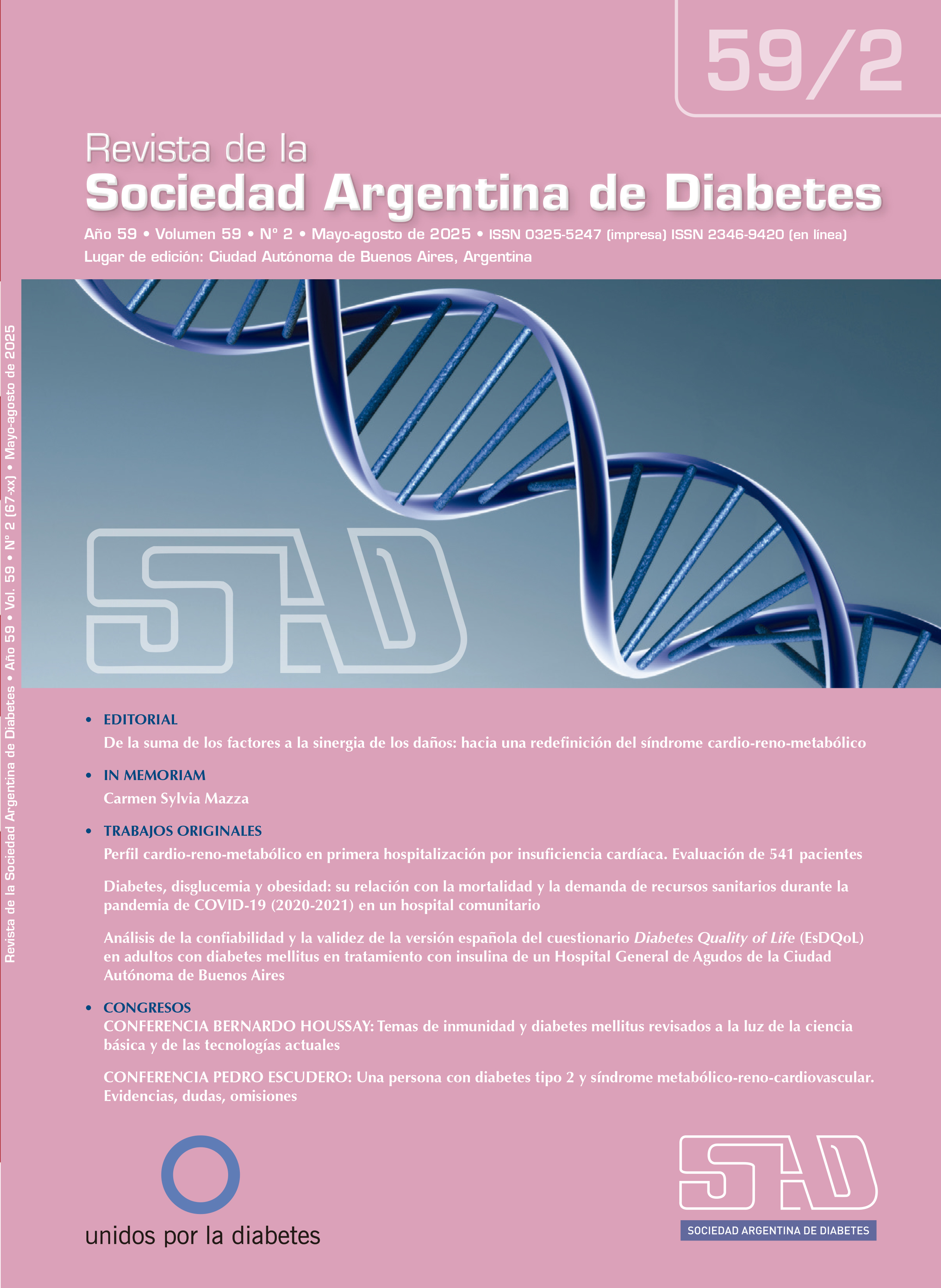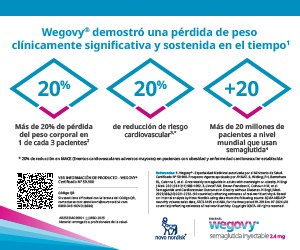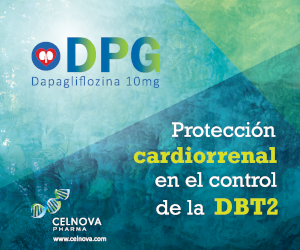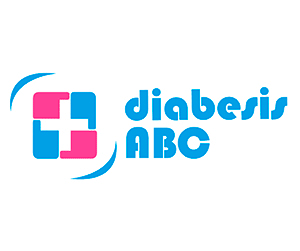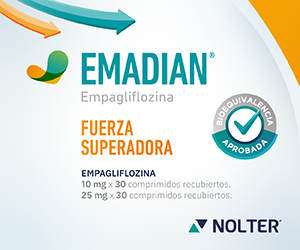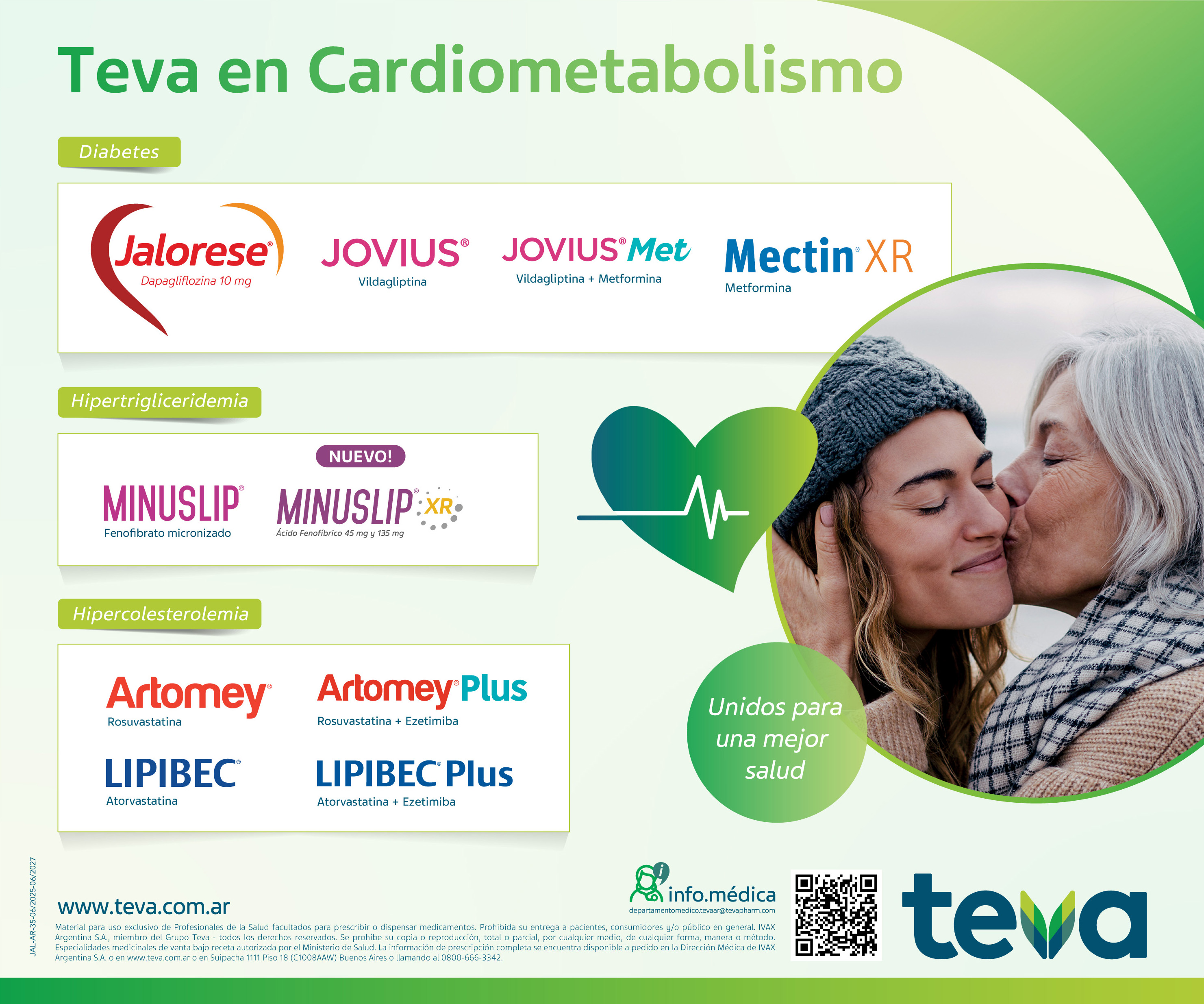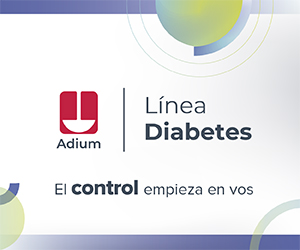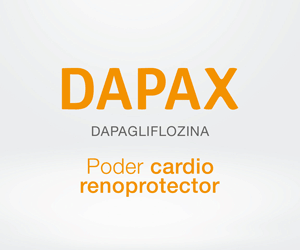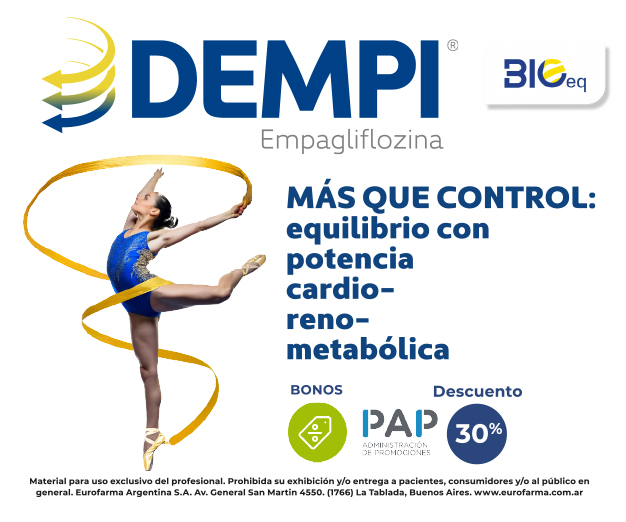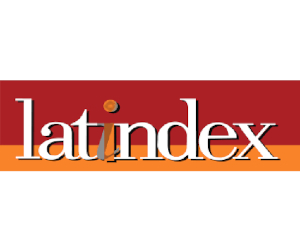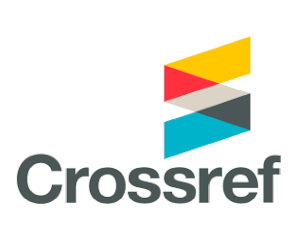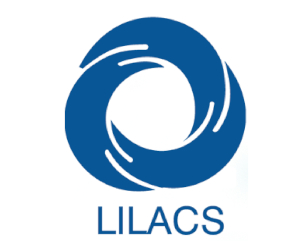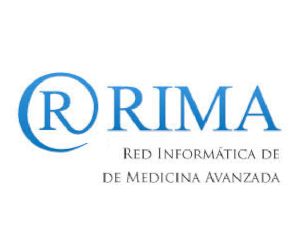CONFERENCIA PEDRO ESCUDERO: Una persona con diabetes tipo 2 y síndrome metabólico-reno-cardiovascular. Evidencias, dudas, omisiones
DOI:
https://doi.org/10.47196/diab.v59i2.1196Palabras clave:
diabetes mellitus tipo 2, síndrome metabólico-reno-cardiovascularResumen
En esta presentación se hará una revisión de los mecanismos implicados en el síndrome, la terapéutica del mismo a partir de evidencias interpretadas por el profesional actuante y por fin la interacción del mismo con otros especializados.
A partir de una persona con obesidad clase 2, diabetes mellitus tipo 2 (DM2), dislipidemia e hipertensión, datos de hígado graso asociado a metabolopatía, enfermedad renal crónica, con antecedentes de accidente isquémico transitorio y de angioplastia por angina inestable (estadio 4 del síndrome cardiovascular-reno-metabólico [CKM]), se hipotetiza sobre la posible historia evolutiva del síndrome (reordenándolo como metabólico-reno-cerebro-cardiovascular) y de las evidencias sobre interacciones poco exploradas en el mismo (hepato-enal, reno/hepato-cerebral y cerebrovascular-corazón).
Se mencionan también las evidencias sobre las oportunidades perdidas con intervenciones previas al estadio actual y aquellas disponibles (no farmacológicas y con medicamentos antihiperglucémicos cardiorrenoprotectores y sus combinaciones) en esta etapa avanzada para mejorar la calidad y duración de la sobrevida. Asimismo, se incursiona sobre nuevos fármacos hipolipemiantes y renoprotectores disponibles en nuestro medio que podrían emplearse en interacción con otros especialistas.
Lo previo lleva inevitablemente a evaluar cómo el clínico diabetólogo tiene un rol fundamental en el manejo de las evidencias y de las dudas existentes para que, sin perder fidelidad a las mismas, ejecute su transposición al paciente.
Y esto lo podrá hacer a través de su entrenamiento y del acceso transdiciplinario, que compromete a múltiples actores: vaya como ejemplo que, al numeroso grupo de especialistas convocados por la American Heart Association (AHA) para el documento antes citado, habría que haber agregado hepatólogos, lipidólogos, nutricionistas y entrenadores físicos, que no lo integraron.
Pensando en esto, y en que es una etapa que va más allá de la multidisciplina y de la interdisciplina y que hay escasa información transdiciplinaria en nuestra área de actividad (que por ahora se pueden enriquecer con algunas pocas experiencias que provienen de temáticas similares), opino que su concreción es un desafío a futuro probablemente apoyado por progresos de la informática trasladables al consultorio médico.
Citas
I. Expert Panel on Detection, Evaluation, and Treatment of High Blood Cholesterol in Adults. Executive summary of the third reportor of The National Cholesterol Education Program (NCEP) Expert Panel on detection, evaluation, and treatment of high blood cholesterol in adults (Adult Treatment Panel III). JAMA 2001;285:2486-2497.
II. Assmann G, Guerra R, Fox G, Cullen P, Schulte H, Willet D, Grundy SM. Harmonizing the definition of the metabolic syndrome: comparision of the criterio of the Adult Treatment Panel III and the International Diabetes Federation in United States American and European Populations. Am J Cardiol 2007;99:541-548.
III. Ndumele CH, Neeland I, Tuttle K, Chow S, Mathew R, Khan S, et al. A synopsis of the science and clinical management of cardiovascular-kidney-metabolic (CKM) syndrome. A scientific statement from the American Heart Association. Circulation 2023;148:1636-1664.
IV. Sebastian SA, Padda I, Jahal MA. Cardiovascular-kidney-metabolic (CKM) syndrome. A state of the art review. Curr Probl Cardiol 2024;49:10234.
V. Agustanti N, Soetedjo N, Damara FA, et al. The association between metabolic dysfunction-associated fatty liver disease and chronic kidney disease. A systematic review and meta-analysis. Diabetes Metab Syndr 2023;17(5):102780.
VI. Gao J, Li Y, Zhang Y, et al. Severity and remission of metabolic dysfunction-associated fatty/steatotic liver disease with chronic kidney disease occurrence. J Am Heart Assoc 2024;13:e032604.
VII. Li, Y, Wu S, Gao J, et al. Association of stroke with metabolic disfunction-associated fatty liver disease with an without CKD. Am J Kidney Dis 2024;83(4):477-488.
VIII. Allison M, Hiatt W, Hirsch A, et al. A high ankle-brachial inde xis associated with increased cardivascular disease morbidity and lower quality of life. J Am Coll Cardiol 2008;13:1292-1298
IX. Gornik HL, Aronow HD, et al. 2024 ACC/AHA/AACVPR/APMA/ABC/SCAI/SVM/SVN/SVS/SIR/VESS Guideline for the management of lower extremity peripheral disease. A report of the American College of Cardiology/American Heary Association. Joint Committee on Clinical Practice Guidelines. Circulation 2024;149(24):e1313-e1410.
X. Hu J-R, Abdullah A, Nanna M, et al The brain-heart axis. Neroinfflamatory interactions in cardiovascular disease. Curr Cardiol Rep 2023;25:1745-1758
XI. Fan X, Cao J, Li M, et al. Stroke related brain-heart crosstalk: pathophysiology, clinical implications, and underlying mechanisms. Adv. Sci 2024;11:2307698.
XII. Greenland M, Blaha M, Budoff M, et al. Coronary calcium score and cardiovascular risk. J Am Coll Cardiol 2018;72:434-447.
XIII. The Look AHEAD Research Group. Cardiovascular effects of intensive lifestyle intervention in type 2 diabetes. N Engl J Med 2013;369(2):145-154.
XIV. The Look AHEAD Research Group. Association of the magnitude of weigyh los and changes in physical fitness with long-term cardiovascular outcomes in overweight or obese people with type 2 diabetes: a post-hoc análisis of the Look AHEAD randomised clinical Trial. Lancet Diabetes Endocrinol 2016;4:913-921.
XV. Davies M, Aroda V, Collins B, et al. Management of hyperglycaemia in type 2 diabetes 2022. A consensus report by the American Diabetes Association (ADA) and the European Association for the Study of Diabetes (EASD). Diabetologia 2022;65:1925-1966.
XVI. Marx N, Federici M, Schütt K, et al. 2023 ESC Guidelines for management of cardiovascular disease in patients with diabetes. Developed by the task force on the management of cardiovascular disease in patients with diabetes of the European Socie3ty of Cardiology (ESC). European Heart J 2023;44:4043-4140.
XVII. Baker Ch, Retzik-Stahr C, Singh V, et al. Should metformin remain the first-line for treatment of type 2 diabetes? Ther Adv Endocrinol Metab 2021;12:1-13.
XVIII. Jensen M, Kjolby M, Hejlesen O, et al. Risk of major adverse cardiovascular events, severe hypoglycemia, and all-cause mortality for widely used antihyperglycemic dual and triple therapies for type 2 diabetes management. A cohort study of all danish esers. Diabetes Care 2020;43:1209-1218.
XIX. Perkovic V, Tuttle K, Rossing P, et al. Effects of semaglutide on chronic kidney disease in patients with type 2 diabetes. N Engl J Med 2024;391:109-121.
XX. The EMPA-Kidney Collaborative Group. Empagliflozin in patients with chronic kidney disease. N Engl J Med 2023;388:117-127.
XXI. Heerspink H, Stefánsson B, Correa-Rotter R, et al. Dapagliflozin in patients with chronic kidney disease. N Engl J Med 2020;383:1436-1446.
XXII. Appeloo E, Neuen B, Rletcher R, et al. Efficacy and safety of SGLT2 inhibitors with and without glucagón-like peptide 1 receptors agonists: a SMART-C collaborative meta-analysis of randomized controlled trials. Lancet Diabetes Endocrinol 2024;12:545-557.
XXIII. Wu C, McLaughlin K, Lorenzetti D, et al. Early risk of stroke after transient ischemic attack. A systematic review and meta-analysis. Arch Intern Med 2007;167:2417-2422.
XXIV. Marso SP, Bain SC, et al. Semaglutide and cardiovascular outcomes in patients with type 2 diabetes. N Engl J Med 2016;375:1834-1844.
XXV. Ahmad A, Sabbour H. Effectiveness and safety of the combination of sodium-glucose transport protein 2 inhibitors and glucagón-like peptide-1 receptor agonists in patients with type 2 diabetes mellitus: a systematic review and meta-analysis of observational studies. Cardiovascular Diabetology 2024;23:99-121.
XXVI. Wang X, Wen D, Chen Y, et al. PCSK9 inhibitors for secondary prevention in patients with cardiovascular diseases: a bayesian network meta-analysis. Cardiovasc Diab 2022;21:107-121.
XXVII. Nissen S, Lincoff M, Brennan D, et al. Bempedoic acid and cardiovascular outcomes in statin-intolerant patients. N Engl J Med 2023;388:1353-1364.
XXVIII. Bhatt D, Fox KAA, Hacke W, et al. Clopidogrel and aspirin versus aspirin alone for the prevention of atherotrombotic events. N Engl J Med 2006;354:1706-1720.
XXIX. Rhee T-M, Bae J-W, Park K, et al. Aspirin vs clopidogrel fot long-term maintenance after coronary stenting in patients wth diabetes: a post hoc análisis of the HOST-EXAM Trial. JAMA Cardiol;2023: 535-544.
XXX. LvR, Xu L, Liu S, et al. Cardiovascular-renal protective effect and molecular mechanisms of finerenone in type 2 diabetic mellitus. Front Endocrinol 2023;14:115693. doi: 10.3389/fendo.2023.1125693.
XXXI. Georgianos P, Agarwal R. The nonesteroideal mineralocorticoid-receptor-antagonist finrenone in cardiorrenal medicine: a state-of-the art review of the literatura. Am J Hypert 2023;36:135-143.
XXXII. Agarwal R, Filippatos G, Pitt B, et al. Cardiovascular and kidney outcomes with finerenone in patients with type 2 diabetes and chronic kidney disease: the FIDELITY pooled análisis. Europ Heart J 2022;43:135-143.
XXXIII. Agarawal R, Green J, Heerspink H, et al. Finerenone with empagliflozin in chronic kidney disease and type 2 diabetes. N Engl J Med 2025. doi:10.1056/NEJMoa2410659.
XXXIV. De Fronzo R, Inzucchi S, Abdul-Ghani M, et al. The forgotten, cost-effective cardioprotective drug for type 2 diabetes. Diab Vasc Dis Res 2019;16:133-143.
XXXV. Spence JD, Viscoli C, Inzucchi S, et al. Pioglitazone therapy in patients with stroke and prediabetes: a post hoc análisis of the IRIS randomized clinical trial. JAMA Neurol 2019;76:526-535.
XXXVI. Fuentes B, Viscoli C, Alonso de Lenciñana M, et al. Stroke prevention in patients with type 2 diabetes or prediabetes. Recommendations from the Cerebrovascular Study Group, Spanish Society of Neurology. Neurol 2021;36:305-323.
XXXVII. Cusi K, Isaacs S, Barb D, et al. American Association of Clinical Endocrinology Clinical Practice Guideline for the diagnosis and management of nonalcoholic fatty liver disease in primary care and endocrinology clinical settings. Co-sponsored by the American Association for the Study of Liver Diseases (AASLD). Endocr Pract 2022;28: 528-562.
XXXVIII. Kanwal F, Kramer J, Li L, et al. GLP-1 receptor agonists and risk for cirrhosis and related complications in patients with metabolic dysfunction-associated stetotic liver disease. JAMA Int Med 2024;184:1314-1323.
XXXIX. Tacke F, Horn P, Wai-Sun V, et al. EASL-EASD-EASO Cinical Practice Guidelines on the management of metabolic dysfunction-associated steatotic liver disease (MASLD). J Hepat 2024;81:492-542.
XL. Barthes R. Fragmentos de un discurso amoroso. Siglo Veintiuno Editores, 1977.
Descargas
Publicado
Cómo citar
Número
Sección
Licencia
Derechos de autor 2025 a nombre de los autores. Derechos de reproducción: Sociedad Argentina de Diabetes

Esta obra está bajo una licencia internacional Creative Commons Atribución-NoComercial-SinDerivadas 4.0.
Dirección Nacional de Derecho de Autor, Exp. N° 5.333.129. Instituto Nacional de la Propiedad Industrial, Marca «Revista de la Sociedad Argentina de Diabetes - Asociación Civil» N° de concesión 2.605.405 y N° de disposición 1.404/13.
La Revista de la SAD está licenciada bajo Licencia Creative Commons Atribución – No Comercial – Sin Obra Derivada 4.0 Internacional.
Por otra parte, la Revista SAD permite que los autores mantengan los derechos de autor sin restricciones.



